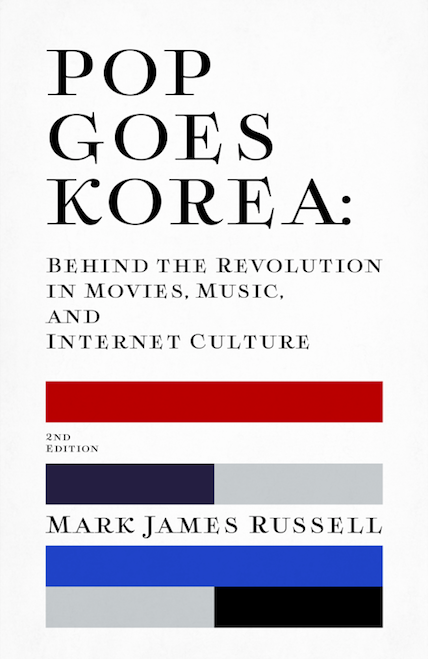South Korea isn’t happy with its scientific enterprise. But several small steps could make a big difference in how students are trained and science is conducted.
SEOUL — Criticizing Korean science is a cottage industry here. Complaints range from the mediocrity of universities and industry to micromanagement by government bureaucrats. But scientists’ biggest complaint — that vested interests are blocking needed reform and that nobody is listening — no longer seems valid.
This month, in his first public speech since beating back an attempt to impeach him and winning the voters’ endorsement of his Uri Party in parliamentary elections, President Roh Moo-hyun asserted the importance of innovation to the Korean economy and named science as one of the sectors most in need of improvement. Roh’s 15 May speech came on the heels of nationwide school reform, a major boost in research spending, and new budget authority for the Ministry of Science and Technology (MOST).
“Market mechanisms are not working properly, so the government is focusing more on science and industry, especially high-tech sectors such as biotech and nanotechnology,” says Koo Bon-jae, head of the basic science and labor bureau at MOST. The goal, says Chung Kun-mo, president of the Korean Academy of Science and Technology, is to create a modern scientific culture “that is not about following others but about venturing into new areas.”
Carving out that new path won’t be easy, say critics, as the problems in each sector defy easy solutions. Although Korea awards a higher percentage of degrees in science and engineering than any other country, for example, it ranks 15th in the amount of money spent per student. The result, says Park Chan-mo, president of Pohang University of Science and Technology, one of Korea’s top sciences schools, is that most programs tend to focus on theory and book-learning rather than more costly hands-on training.
“We are not short of students, but we are short of quality,” says Park. Out of some 200 universities, he notes, “only about seven focus on research.” To address that problem, the government plans to more than double spending on science scholarships this year, to $46 million. Other changes would give students greater academic flexibility by having them apply to the university rather than to a particular school or program within the institution and would make medical school more like its U.S. counterpart by requiring entering students to hold a bachelor’s degree.
Similarly, research spending is the fastest growing item in the national budget, up 8.5% this year to $5.3 billion. Part of that is a 7-year, $1.2 billion plan launched in 1999 to bolster research, foster academic reforms, and increase Korea’s share of papers in top-flight journals. Although the so-called Brain Korea 21 program has helped, Korean scientists say that it has not been enough to change old habits.
The government is also hoping to counter the perception that careers in science are low-paying and low-prestige by offering more opportunities for scientists in government service, which ranks high on the employment pecking order. This year it announced plans to reserve at least 30% of its new jobs for science and engineering graduates, with the goal of making technical training mandatory for half of all higher-level government slots by 2013.
Other changes should give science greater political clout. Last month MOST’s National Science and Technology Committee won the right to review all research proposals before the budget office makes final spending decisions. In the past, the budget office was free to reshuffle those proposals to accommodate the priorities of other government agencies. The government also announced that the science minister, Oh Myung, will become one of three vice prime ministers, giving him a bigger role in making policy. “The new system should be in place by the end of the year,” says Koo of MOST.
The government is also leaning on Korea’s largest companies, the chaebols, to hire more scientists and build a better career ladder for them. To make their science graduates more attractive, universities in turn have recently added management training to the list of required courses and expanded ties to the chaebols. “This enables students to get more hands-on experience and allows us access to talented science students,” says Kim Heung-shik, senior manager of recruiting at LGE, the multi-billion-dollar maker of electronics and household appliances.
In his presidential address, Roh recognizes that progress on all fronts will be needed to move his country ahead: “Government administration and the market will have to be innovative. Technology and the market will need to be innovative. And the talent pool must be nurtured.” The formula, if it is followed, could eventually force a lot of scientists to find other things to complain about.
– from AAAS’s Science, Vol. 304, pg. 1237 –



Leave a Reply